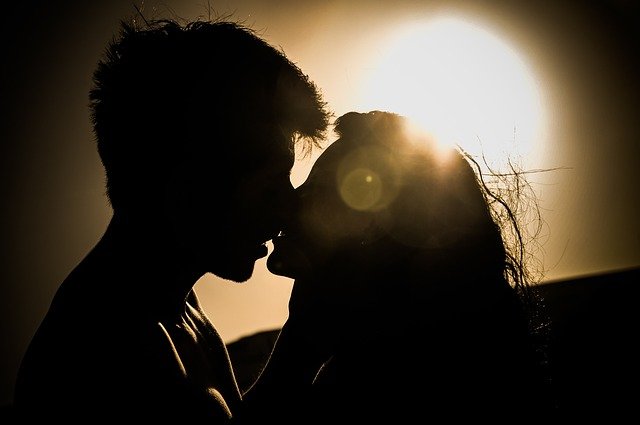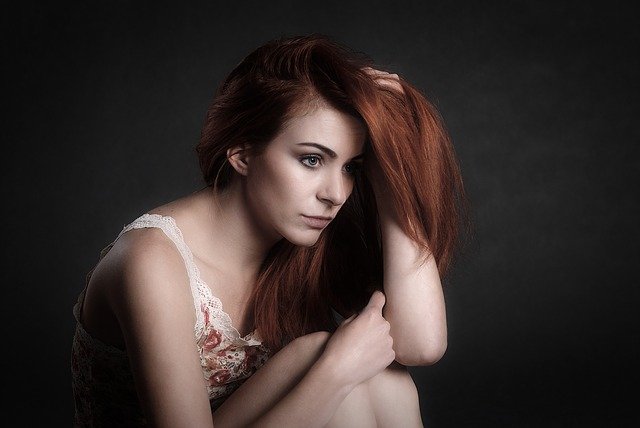The Difference Between Romance & Women’s Fiction
I’ve been thinking about this lately, because I’ve written a women’s fiction that is in with an editor now (cross your fingers for me!).
I’m very familiar with the subject, because I helped to found the Women’s Fiction Writers Assn. I’ve also published 11 romances. My first book, The Sweet Spot, I wrote as Women’s Fiction. Half the editors who read it thought it was romance, half, WF. It ended up selling to a romance line.
I’ve sat in on day-long esoteric discussions of the differences between the two–let’s not go there. I’m talking about the differences from a publisher’s point of view, and believe me, those are concrete.
So that meant revisions. Lots of them. Some major. Believe me I’m now crystal clear on how publishers view the two. The difference is mainly in the focus. In a romance, the focus is on the relationship, and what the couple has to surmount to find a ‘happily ever after’. In WF, the focus is on the woman’s journey.

I learned that in Romance:
- The bad-boy hero can’t be TOO bad. In my debut novel, The Sweet Spot, the couple had lost their son in an accident, and it tore them apart – they divorced. To deal with the pain, my heroine developed a Valium habit. The hero’s drug was young and blonde. In my original version, he was still with the blonde when the book opened. I had to change that; my editor told me that if the readers met the bimbo, the hero would be irredeemable, no matter what he did down the line.
- I had to soften the heroine as well – she could be damaged and flawed, but she couldn’t be seen as cold, or uncaring.
- Because I wrote the book as a WF, most of the scenes involved the heroine, in her POV. I had to add a couple of scenes with the hero’s POV, and even though they weren’t together in the same scene in the first third of the book, I had to add thoughts each had of the other, showing how they were changing.
- Sexual tension. It’s not even critical that the H/H have sex but there still needs to be escalating sexual tension as the book advances.
- I had to be more careful with graphic scenes and wording — and I don’t mean sex. My hero raised bulls for the bull riding circuit. In one scene, the heroine was helping a cow with a breech birth. My editor had me reduce the level of gore, blood, etc. I also had to be careful how I covered breeding details like selling semen.
- And, of course, there must be a HEA (happily-ever-after.) That was no problem, because I originally planned for my couple to end up together!

In my Women’s Fiction:
- There is a romantic interest, but I leave it open-ended as to whether they end up together.
- The focus is on the woman and the grandmother who, due to the past, the main character doesn’t like or respect.
- So it’s about the main character’s growth. When she learns her grandmother’s past, and her secrets, she not only accepts her grandmother – she learns more about herself, and what was holding her back.
So you can see that the differences between Romance and Women’s Fiction are mainly a matter of focus/degree. Have you ever tried to write WF? Or change from one genre to the anther? It can be done, but I’d recommend deciding which you want to write to start – it’ll save you lots of revisions!
[…] the subject of genre, Laura Drake clarifies the difference between romance and women’s fiction, and Ursula Pike reflects on the fine line between a signifier and a […]
Enjoyed this. Thanks for the explanation.
Thanks for reading, Barb!
Thank you for this explenation. I now get it!